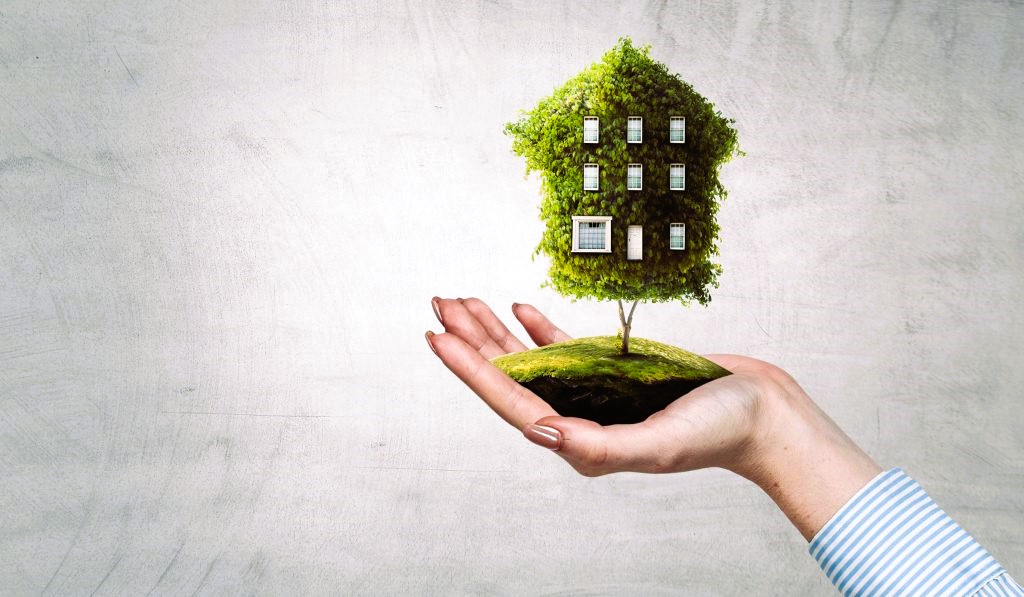
In an era where environmental consciousness is on the rise, sustainable living has become a significant focus for many individuals. One area that offers great potential for reducing our ecological footprint is our homes. Renovating your home with eco-friendly choices not only helps to protect the environment but also promotes a healthier and more energy-efficient living space. In this article, we will explore some sustainable renovation options that can transform your home into a greener and more environmentally friendly haven.
- Energy-Efficient Insulation:
One of the key aspects of sustainable renovations is improving the energy efficiency of your home. Adequate insulation plays a vital role in reducing heat loss during winter and heat gain during summer, resulting in lower energy consumption. Opt for eco-friendly insulation materials such as cellulose, recycled denim, or natural wool, which are both effective and environmentally friendly. These materials not only provide better thermal insulation but also contribute to a healthier indoor environment by reducing the presence of harmful chemicals.
- Efficient Heating and Cooling Systems:
Heating and cooling account for a significant portion of a home’s energy consumption. By upgrading to energy-efficient systems, you can save both energy and money in the long run. Consider installing a programmable thermostat that allows you to regulate the temperature according to your schedule, ensuring energy is not wasted when the house is unoccupied. Additionally, explore options like geothermal heating and solar-powered cooling systems, which harness renewable energy sources to provide comfortable indoor temperatures.
- Water Conservation:
Water scarcity is a growing concern in many parts of the world. By incorporating water-saving features into your home renovation, you can contribute to the conservation efforts. Install low-flow faucets, showerheads, and toilets that reduce water usage without compromising performance. Consider adding rainwater harvesting systems to collect rainwater for non-potable uses such as watering plants or washing your car. These measures can significantly reduce your water consumption and contribute to a more sustainable future.
- Sustainable Materials:
Choosing sustainable materials for your renovation not only reduces environmental impact but also enhances the aesthetics of your home. Opt for locally sourced materials to minimize the carbon footprint associated with transportation. Look for products with certifications such as Forest Stewardship Council (FSC) for wood, Cradle to Cradle (C2C) for overall sustainability, and GreenGuard for low chemical emissions. Using recycled or reclaimed materials, such as reclaimed wood or recycled glass, adds character and uniqueness to your home while reducing waste. DIY vs. Hiring Professionals: Pros and Cons of Home Repairs.

- Energy-Efficient Lighting:
Lighting is an essential aspect of any home, and switching to energy-efficient lighting options can have a significant impact on your energy consumption. Replace traditional incandescent bulbs with energy-saving alternatives like LED or CFL bulbs. These options use significantly less energy and have a longer lifespan, reducing both electricity usage and the frequency of bulb replacements. Additionally, consider incorporating natural lighting through skylights or larger windows, allowing you to rely less on artificial lighting during the day.
Conclusion:
Sustainable renovations offer a multitude of benefits, from reducing energy consumption and lowering utility bills to creating a healthier living space and minimizing environmental impact. By making eco-friendly choices during your home renovation, you contribute to a greener future while enjoying the long-term benefits of energy efficiency and cost savings. Remember to research and consult with professionals to ensure your renovation aligns with sustainability principles. With the right choices, you can transform your home into a sustainable sanctuary that promotes a greener lifestyle.
For more information on sustainable living and eco-friendly choices, visit the following resources:
- Wikipedia: Sustainable living (https://en.wikipedia.org/wiki/Sustainable_living)
